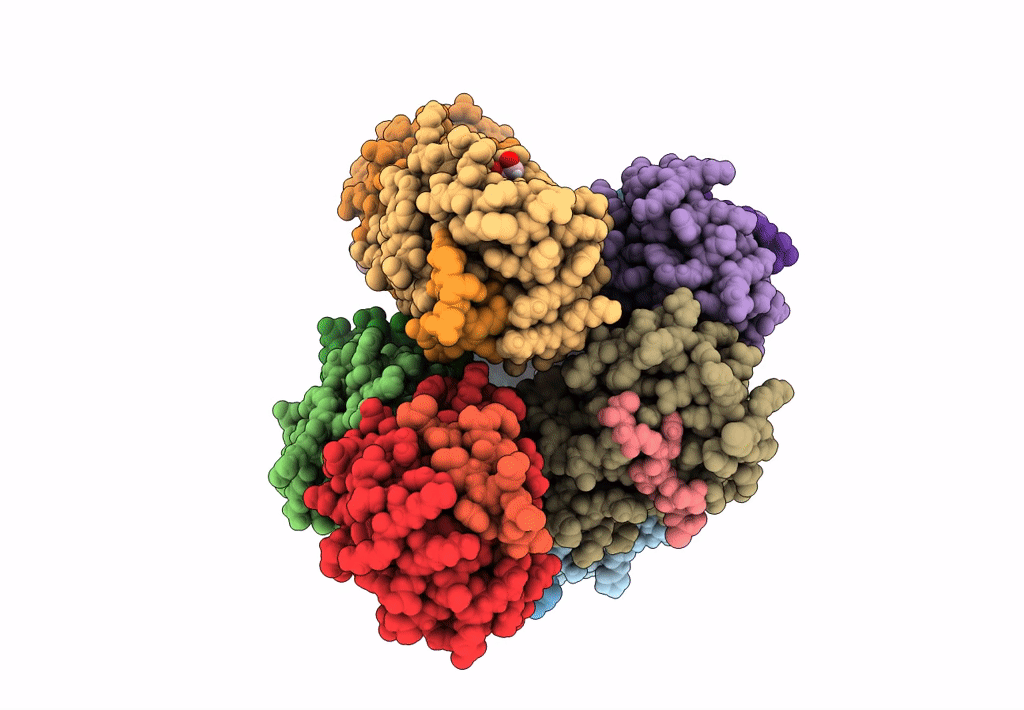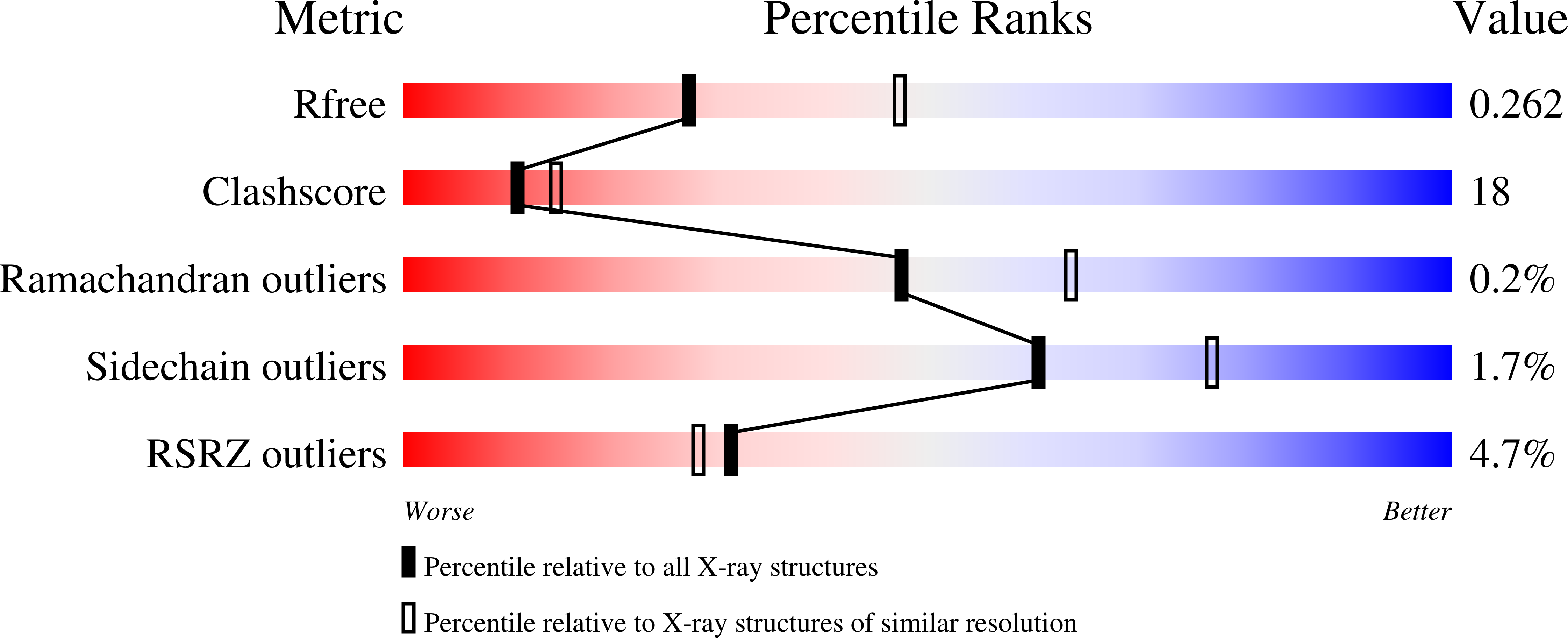
Deposition Date
2022-07-18
Release Date
2023-05-10
Last Version Date
2024-02-07
Method Details:
Experimental Method:
Resolution:
2.66 Å
R-Value Free:
0.26
R-Value Work:
0.21
R-Value Observed:
0.21
Space Group:
P 1


